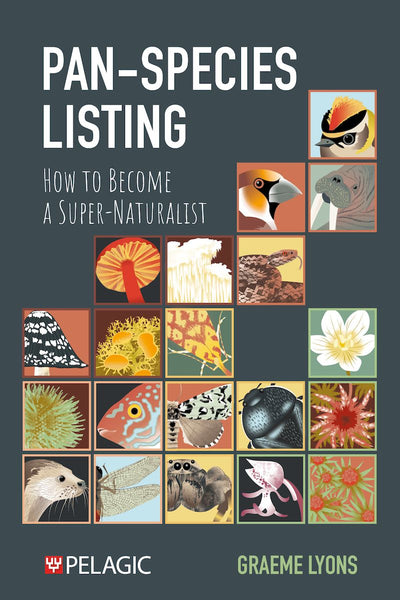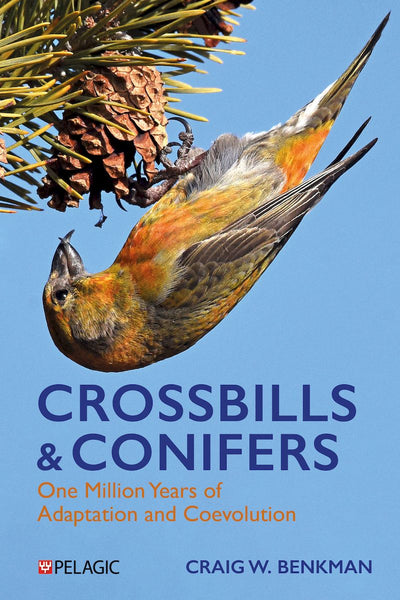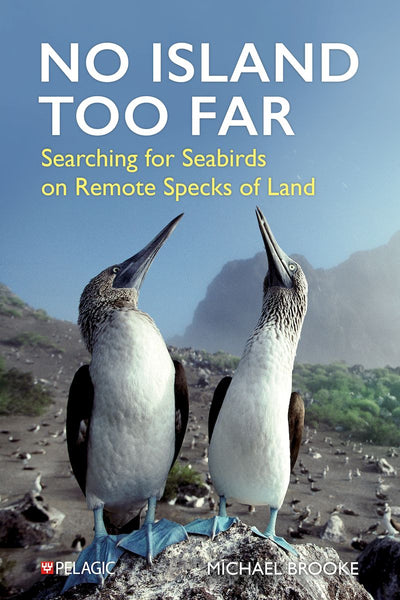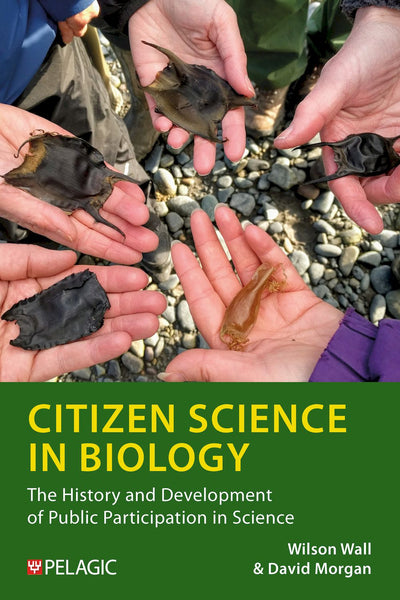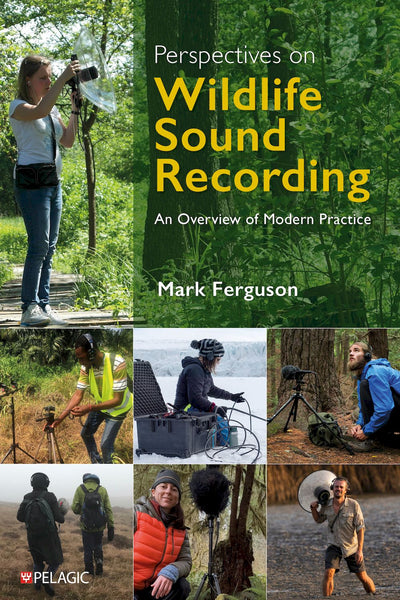
Dangerous Animals & Outdoor Hazards in Africa
Assessing Risk, Managing Human–Wildlife Conflict and Responding to Life-Threatening Situations in Remote Locations
- Up-to-date, factual overview of dangerous animals, tropical disease and general outdoor hazards in Africa.
- Detailed information on venomous bites and stings.
- Richly illustrated with excellent photography and detailed distribution maps.
- Africa
- Coming Soon
- dangerous animals
- hazard
- identification
- scorpions
- snakes
- venomous
Description
Dangerous Animals & Outdoor Hazards in Africa is a comprehensive guide to managing human–wildlife conflict and avoiding dangerous situations in remote areas. A thorough review of animal attacks in Africa demonstrates that the vast majority could have been prevented had the victims received basic awareness training. From the behavioural patterns and injury risks of iconic wildlife like elephants, lions and crocodiles, to potential encounters with venomous snakes, spiders and scorpions, this book provides critical insights into serious hazards. Packed with practical tips, it also sheds light on the impact of tropical diseases and other outdoor risks such as falls and environmental exposure.
Understanding animal behaviour and what provokes aggression will go a long way in stopping accidents. Such incidents are often sensationalised in the media and cast a negative shadow across wildlife conservation, especially when it comes to certain species like snakes and crocodiles. Awareness, education and training are paramount to mitigating human–wildlife conflict. The book offers much-needed sound, factual information on the issue, detailing the right approach for each animal. It also shows African wildlife, including potentially dangerous species, as a key elements of ecosystems and considers how we can contribute to their conservation.
Richly illustrated with excellent photographs and up-to-date distribution maps, this book will be crucially important for anyone working and travelling across Africa – from lodge personnel, game rangers and guides, to birdwatchers, ecotourists, campers, hikers, 4×4 enthusiasts, engineers and construction teams, as well as medical personnel deployed to remote rural clinics.
DOI: 10.53061/VPBC5968
About the Author
Warren Schmidt has over three decades of practical experience in ecology, conservation science, invasion biology and herpetology. He has worked as a specialist biodiversity and environmental consultant, ecologist, herpetologist, journalist, magazine editor and lecturer. He holds an MSc in ecological science. A particular interest in dangerous wildlife, venomous bites and stings, and outdoor hazards, has led him to present numerous training seminars on the subject.Bibliographic Information
 280 pages
280 pages - BISAC MED026000, MED022000, MED003010, SCI070000
- BIC MMK, MJC, MMKB, MQF, PSVP






